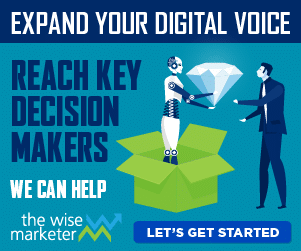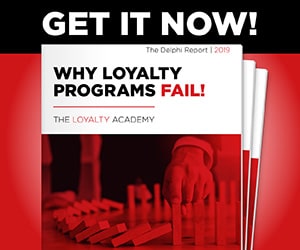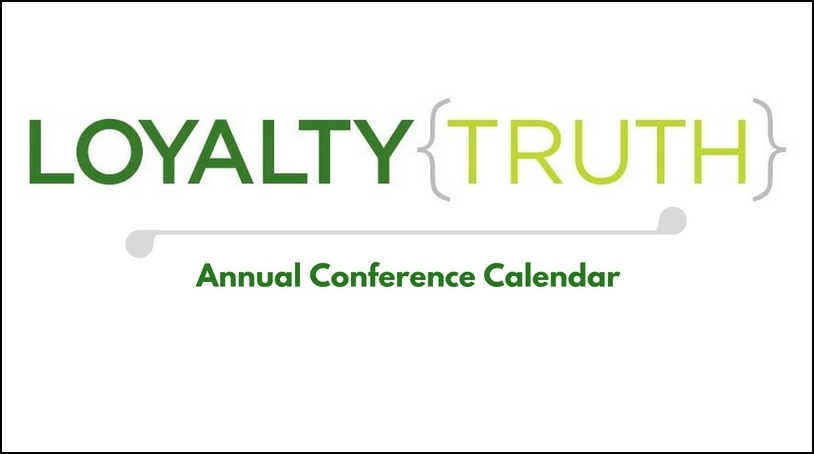Thanks to the persistent voice of Rupert Duchesne, Group Chief Executive of Aimia, most loyalty marketers have been exposed to the idea that Data is the New Oil. With loyalty programs saturating the market and many needing refreshment, it makes sense to tap an underutilized asset – customer data – to more effectively deliver value to program members. It is also time, as Mr. Duchesne has pointed out, to collect data across multiple points of interaction beyond purchase transactions to take advantage of member activity across the social graph.
Last year, Loyalty Truth identified three key areas of unfulfilled promises in Loyalty Marketing, one of which was the leveraging of data collected through loyalty marketing programs. One of the tenets of loyalty marketing from its infancy was the ability to collect personal and preference data from members within the context of a trusted relationship. After 30 years operating programs, the brands sponsoring rewards programs have collected enough data to sink a battleship, but are using just enough to fill a row boat.
McKinsey agrees that we are entering a new era emphasizing business intelligence, saying Big Data is “the next frontier for innovation, competition, and productivity”. That said, why is the conversation about Big Data just now reaching a crescendo in the wider marketing industry?
And, how should we respond to findings of a report from Columbia Business School’s Center on Global Brand Leadership titled Marketing ROI in the Era of Big Data? The study found reasons why brands have failed to capitalize on big data and explained that marketers quickly adopt digital tools but stuggle to arrive at the much needed ROI calculations they were intended to predict.
An article in eMarketer highlighted figures from the study, in particular:
- More than half (51%) of US marketers said their biggest “Big Data” challenge was the lack of sharing of data among company departments
- Despite the large quantity of data that marketers may acquire, 42% of respondents said it was still too difficult to tie that data back to individual customers
- 45% said personalizing marketing communications—closely related to linking data to customers—was a major challenge
I’ve had plenty of first hand experience over the past few years working with customer data as part of customer strategy and program design. In the process I have my own specific reasons why Big Data is caught somewhere between well-head and the refinery.
My go-to group for data analytics and predictive modeling is the Boire Filler Group. Larry Filler, one of the two founding partners, convinced me early on in our relationship that there was no such thing as “just doing a customer segmentation”. The first step in an analytical process had to be an audit of data consistency and quality. Larry calls this a Data Discovery exercise and it has paid dividends in delivering quality work for brands seeking the right loyalty strategy.
In the process of “Data Discovery” we’ve found lots of dirty data, we’ve seen data collected through inconsistent methods and flawed by operational shortcomings, and have had big struggles to match transactions to unique customers across more than one database. The challenges are not insurmountable but require an investment of time and resource (equating to money) to arrive at a usable data set to support strategy recommendations.
All statistics aside, our experiences working directly with data provides the most compelling reason why Big Data is a challenge for business today. The resources to execute the work and the willingness to invest in the resources and tools to complete the work lags behind our ability to collect the data itself.
The parallels between Big Oil and Big Data are irresistible. Shell, BP, and ExxonMobil can own vast oil fields, but need the right level of refinery capacity to realize the raw material as a usable asset – gas for our cars. Big brands understand they own the resource, and the struggle today over Big Data is about creating the refining capacity to reach the end result.
Brands that want to solve the Big Data puzzle have an easy answer. Make the right investment in business intelligence and get the ball rolling. Assemble internal resources or outsource to a group such as Boire Filler. I wish I could complicate the answer, but in my experience, it’s just that simple.
 Next Article
Next Article



